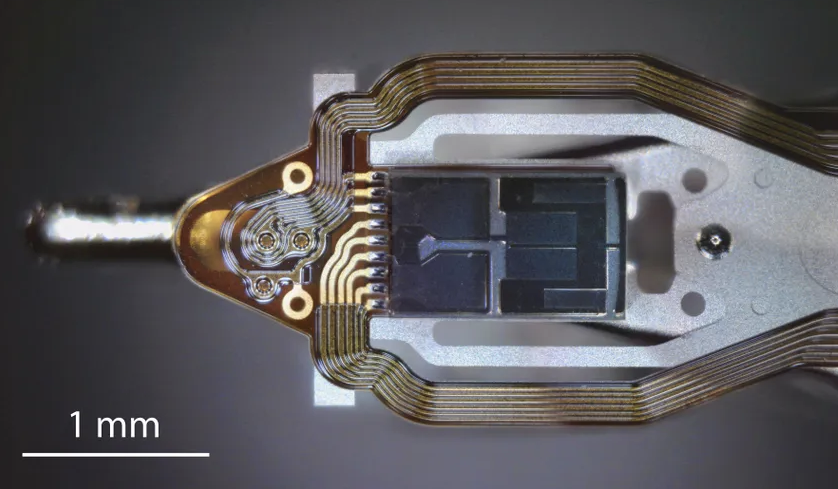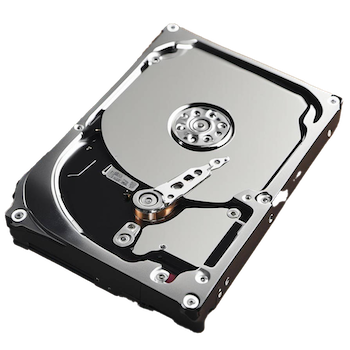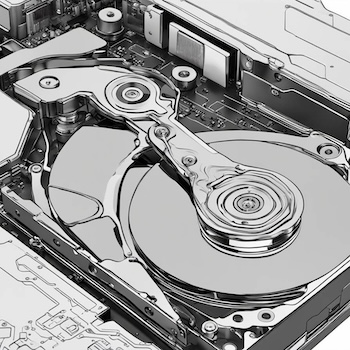
How do different types of read/write heads (e.g., inductive, tunnel magneto-resistive, or giant magnetoresistive) affect the physical limitations of magnetic storage?
Different types of read/write heads significantly impact the physical limitations of magnetic storage. Here’s a breakdown of the effects:
- Inductive Heads: Inductive heads rely on the induction of an electromotive force (EMF) in a coil to detect changes in the magnetic field. This approach has physical limitations:
- Lower sensitivity and signal-to-noise ratio (SNR) compared to other head types.
- Limited ability to detect small changes in magnetization, resulting in reduced storage density.
- Higher noise levels and susceptibility to environmental interference.
- Tunnel Magneto-Resistive (TMR) Heads: TMR heads utilize the tunneling of electrons between two ferromagnetic layers to detect changes in magnetization. This design improves upon inductive heads:
- Higher sensitivity and SNR, enabling increased storage density.
- Better noise rejection and immunity to environmental interference.
- However, TMR heads still suffer from limitations such as:
- Thermal stability issues, which can affect data retention.
- Limited scalability due to the need for precise control over the tunnel barrier thickness and material quality.
- Giant Magnetoresistive (GMR) Heads: GMR heads exploit the giant magnetoresistive effect, where the resistance of a material changes significantly in response to a magnetic field. GMR heads offer:
- Even higher sensitivity and SNR than TMR heads, enabling further increases in storage density.
- Improved thermal stability and scalability compared to TMR heads.
- However, GMR heads also face limitations such as:
- Complexity in manufacturing and material selection.
- Potential for magnetic domain wall motion and related issues.
In summary, each type of read/write head has its strengths and weaknesses, influencing the physical limitations of magnetic storage. Inductive heads are limited by sensitivity and noise, while TMR and GMR heads offer improved performance but face challenges related to thermal stability, scalability, and manufacturing complexity.




